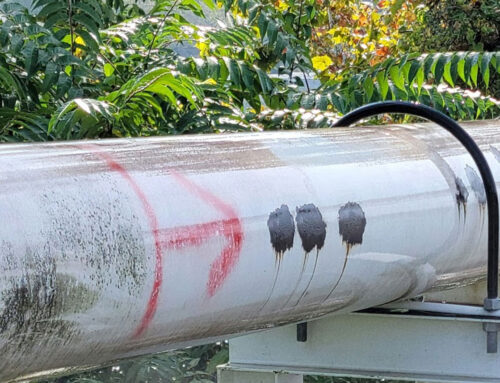Surface preparation may be the most important part of the painting and coating process. Dustless blasting is a major innovation within the field as useful cleaning method and for its benefits.
Dustless blasting is an extremely innovative paint stripping system, designed to clean and remove a diverse range of paints and coatings from a surface without creating overwhelming clouds of dust. With the assistance of the top commercial and industrial services and high-quality blasting equipment, the paint stripping and cleaning process is made easy.
Uses and Functions
Dustless blasting is mostly used to remove materials from a given surface efficiently, without creating such high levels of dust plumes. This cleaning method can be safely used on a variety of surfaces, including building exteriors, decks, pools, fleet trucks, heavy equipment cleaning, paint stripping, stone, and more.
Dustless blasting is a very versatile cleaning method – in fact, it can even remove graffiti. This is an especially beneficial feature because of the functional and aesthetic uses of this cleaning method. The innovative features of dustless blasting prevent the excess dust plumes from forming or becoming overwhelming. With the help of these features, working in a wide range of spaces is not only easy, but also safe.
Blasting Types and Options
Blasting systems use a variety of blast media to complete projects safely and efficiently.
Options such as mobile dustless blasting use a wet blasting process in order to remove materials such as paintings, coatings, rust and corrosion, among many other contaminants. Wet blasting creates less heat from friction – a benefit that lowers the risk of surface damages. For surfaces that are made of finer materials, the softer process of wet blasting are best to preserve the quality of your surface, while still providing a stunning cleaning job.
This type of blasting is one of the less abrasive types, while still being extremely effective, yet gentle. However, it is important to keep in mind the best surfaces for wet blasting, so that you do not risk damaging a surface during the cleaning process.
Dry blasting involves using a mixture of abrasive blast media and compressed air in order to efficiently clean a surface. The dry blasting type of dustless blasting is more abrasive, meaning that the removal process of material is very quick. It also means that your surface is at higher risk of damages.
Dry blasting is most often used for removing rust and tough materials, much like wet blasting. For surfaces with small cracks or areas, dry blasting may be better for overall cleanup because wet cleaning materials may not be as effective.
When researching the best blasting types for your project, keeping in mind the surface material you plan on working with is key to keep the process effective and safe.
Benefits
Among the most popular features of dustless blasting is the lowered risk of surface damage. Rougher, more heavy-duty blasting techniques, such as sandblasting, may damage your surface without the proper care. However, dustless blasting is well suited to lessen the risk of surface damage, while still providing an efficient cleaning.
With dust plume creation decreased, dustless blasting offers the benefit of cleanliness and environmental safety. The aspects of efficiency and environmental friendliness allow for the process to be stress free overall.
The innovation of dustless blasting also offers a range of improvements in overall safety procedures. Without worry regarding visibility because of dust plumes, workers and services are able to complete any project with efficiency and peace of mind. Decreased risk of danger, harm, and surface damage are among the top benefits of dustless blasting.
Ready to Get Started?
Have questions about your project or need a quote? We’ve got someone ready to help you.



